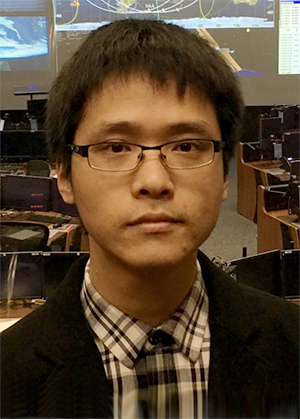USTC Astronomy Colloquium Series: 2021 Fall
Properties and feedback effects of ionized outflows in quasars and star-forming galaxies
Xinfeng Xu 博士
John Hopkins University
2021/10/26, 4:00pm ,Tencent meeting ID:887 172 500

报告人:
Xinfeng Xu got the bachelor degree in USTC in 2014,In 2020 he got the PhD in astrophysics in Virginia Tech ,Since 2020 he worked in Johns Hopkins University as a postdoc fellow. His research interests include AGN/Quasar outflows, galactic winds/outflows, cosmic reionization from Lyman continuum emitter (LCE) galaxies.摘要:
: Outflows exist in nearly all galaxies, while the strong ones are formed in quasars or intensely star-forming (SF) galaxies. In these galaxies, outflows are driven by the energy and/or momentum from either accreting super massive black holes or massive stars (and their evolutionary descendants). These strong outflows can provide important feedback effects, e.g., slowing down the star formation and growth of the host galaxy and expelling metal-enriched material into the CGM and even IGM. By utilizing data from Very Large Telescope and Hubble Space Telescope, one of my research interests is to determine important physical parameters for outflows in both quasars and SF galaxies. In this walk, I would like to present how we measure distance, ionization, density of these outflows as well as their carried mass, momentum and energy rates. For SF galaxies, I have also endeavored to connect the properties of starburst and galaxy to the properties of the outflows, which can enhance our understanding of galactic (kilo-parsec) scale outflows in SF galaxies. 邮编:230026 ,
邮编:230026 ,  联系电话: 0551-63601861
联系电话: 0551-63601861 Email:
Email: